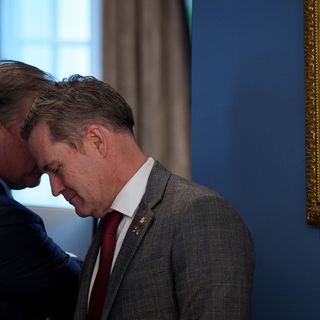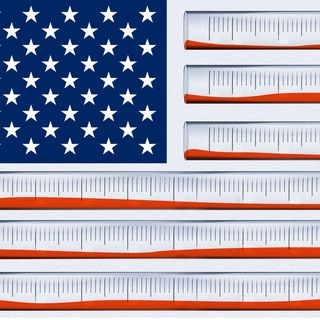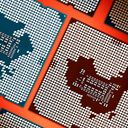Key safety hotlines disrupted by HHS cuts
Teams manning government hotlines for reporting adverse events from foods, supplements and cosmetics, and call centers that provide other essential safety information were among the thousands of Health and Human Services Department employees laid off last week.
The big picture: Though the department is hurriedly calling some workers back, the episodes show how information blackouts are becoming a feature of the Trump administration's efforts to reorganize the health bureaucracy.
- "Very important offices that were directly involved with food safety and public health were axed," one FDA employee, who requested anonymity out of fear of retaliation, told Axios.
Zoom in: The Food and Cosmetic Information Center fields tens of thousands of calls annually from consumers and industry representatives about recalls, nutritional information and food business requirements, along with unintended health consequences from using FDA-approved products.
- It also operates a toll-free number for information about the Food Safety Modernization Act, the law that regulates the production and distribution of food.
- Reports about health-related problems with cosmetics, infant formula, meat, poultry, restaurants and more can be made through online portals or over the phone.
But communications and outreach staff within the FDA's Human Foods Program that operates the center were caught up in the workforce cuts that began last Tuesday.
- HHS's reorganization plan includes cutting communications teams across the agency and consolidating them into a central office.
- The FCIC staff were "swooped up with traditional communications," the FDA employee said.
The phone hotline was available to take reports on Friday but the webform and online chats were offline.
- "All employees affected by the reduction in force may be asked to temporarily work until their government service ends on June 2," HHS spokesperson Andrew Nixon said when asked whether staff had been rehired to manage the hotline.
- "This decision is focused on ensuring that the transition is as seamless as possible, minimizing any disruption to the agency's mission and operations," he added.
- Nixon did not respond to questions about the long-term plan for the center.
HHS also laid off staff overseeing other hotlines that help people who want to quit smoking and new mothers with postpartum depression, per Stat.
What they're saying: "The layoffs were random and arbitrary," said Steven Grossman, president of consulting firm HPS Group and former executive director of the Alliance for a Stronger FDA.
- "FDA functions associated with communications appear to have been heavily targeted because communications is to be centralized at HHS," he said in an email. There's "[n]o evidence anyone would have looked at this and said — specialized function not appropriate for centralization."
Zoom out: HHS Secretary Robert F. Kennedy Jr. said staff cuts wouldn't compromise core agency functions.
- But some scientific roles were terminated, including at a San Francisco-area lab that supported food inspections and investigations, including testing for dangerous bacteria and heavy metals.
- The lab also analyzed food colorings and additives, which the new administration has said is a priority, per the New York Times.
What to watch: Kennedy said after the layoff notices went out that 20% of terminated HHS staff could be hired back because of "mistakes," the Wall Street Journal first reported.
- Some laid-off HHS employees have been called back to work without their termination notice being rescinded, while others have been more permanently reinstated, NPR reported.
- Confirmation on who still works at the agency is hard to come by — partly because human resource teams are among those who've been laid off, per NPR.









/2024/12/11/1733957733138.gif)

